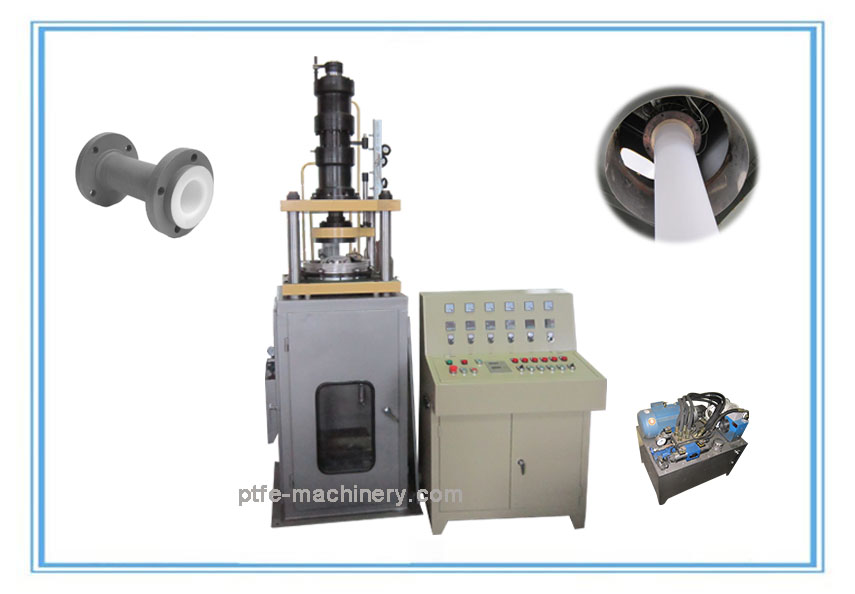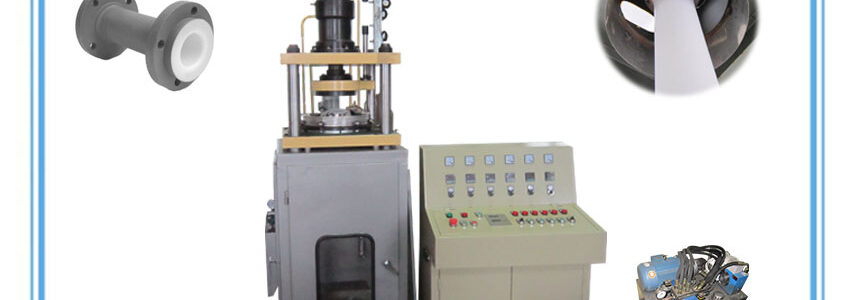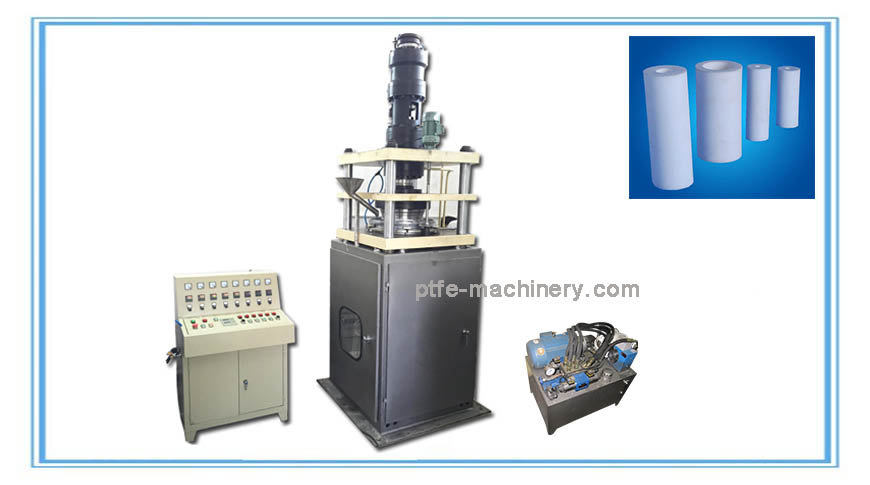In the hydrostatic extrusion process the billet is completely surrounded by a pressurized liquid, except where the billet contacts the die. This process can be done hot, warm, or cold, however the temperature is limited by the stability of the fluid used. The process must be carried out in a sealed cylinder to contain the hydrostatic medium. The fluid can be pressurized two ways:
Constant-rate extrusion: A ram or plunger is used to pressurize the fluid inside the container.
Constant-pressure extrusion: A pump is used, possibly with a pressure intensifier, to pressurize the fluid, which is then pumped to the container.
The advantages of this process include:
- No friction between the container and the billet reduces force requirements. This ultimately allows for faster speeds, higher reduction ratios, and lower billet temperatures.
- Usually the ductility of the material increases when high pressures are applied.
- An even flow of material.
- Large billets and large cross-sections can be extruded.
- No billet residue is left on the container walls.
The disadvantages are:
- The billets must be prepared by tapering one end to match the die entry angle. This is needed to form a seal at the beginning of the cycle. Usually the entire billet needs to be machined to remove any surface defects.
- Containing the fluid under high pressures can be difficult.
- A billet remnant or a plug of a tougher material must be left at the end of the extrusion to prevent a sudden release of the extrusion fluid.





Hi. I have checked your ptfe-machinery.com and i see you’ve got some duplicate
content so probably it is the reason that you don’t rank high in google.
But you can fix this issue fast. There is a tool that rewrites content like human, just search in google:
miftolo’s tools